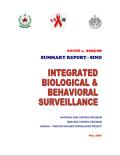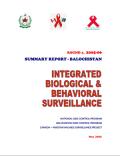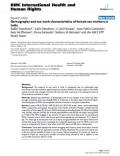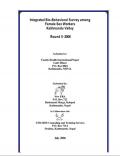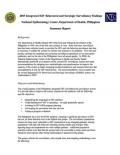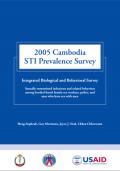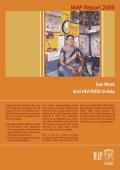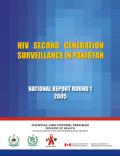Publications on Female Sex Workers (FSW)
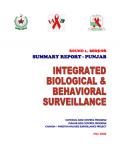
Integrated Biological and Behavioral Survey in Pakistan Summary Report - Punjab: Round 1 - 2005-2006
Resource | Publications,
The findings presented in this report are part of the round one surveillance activities carried out in three cities of Punjab by the National AIDS Control Program / Punjab AIDS control Program through its HIV/AIDS Surveillance Project (HASP).

Integrated Behavioral and Biological Surveillance: A Pilot Study in Karachi and Rawalpindi 2004-2005
Resource | Publications,
National AIDS Control Programme (NACP) along with HIV/AIDS Surveillance Project (HASP) conducted a pilot survey in Karachi and Rawalpindi to test various tools for IBBS.






